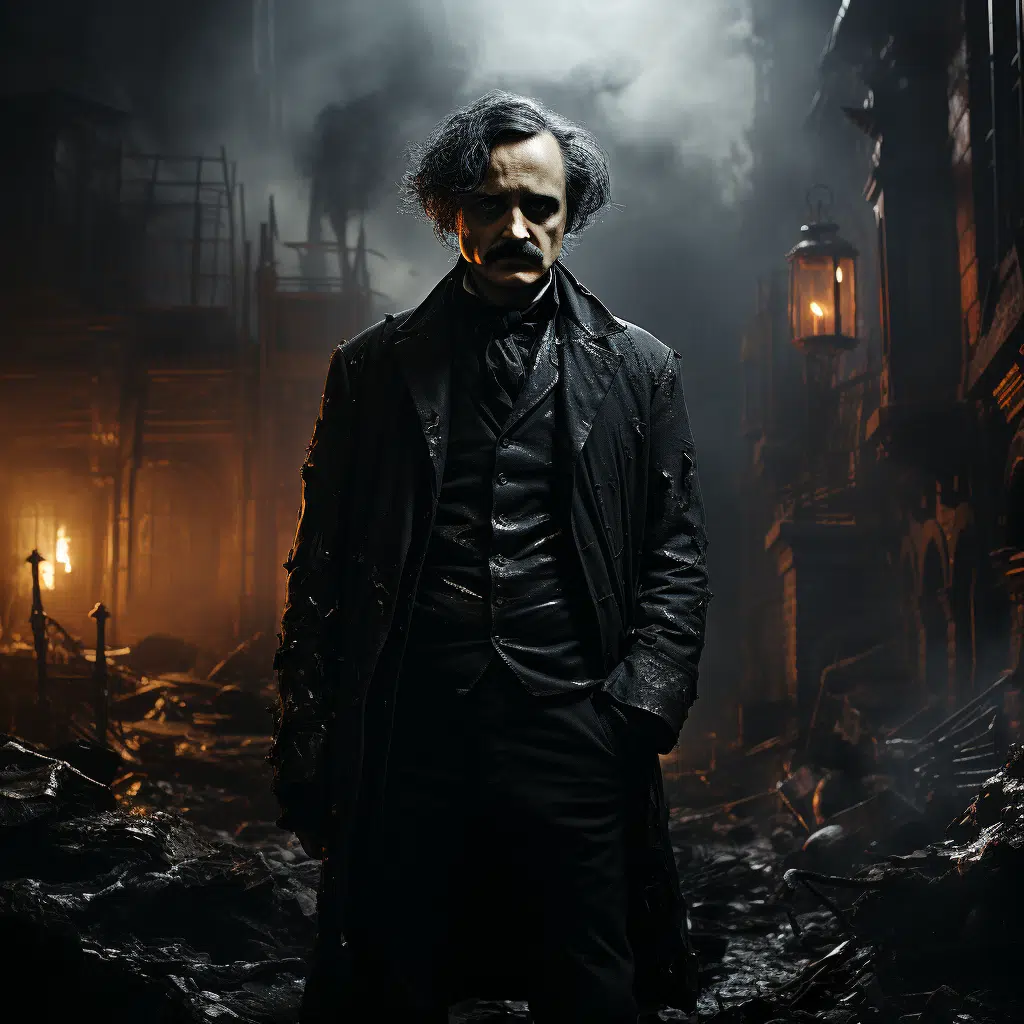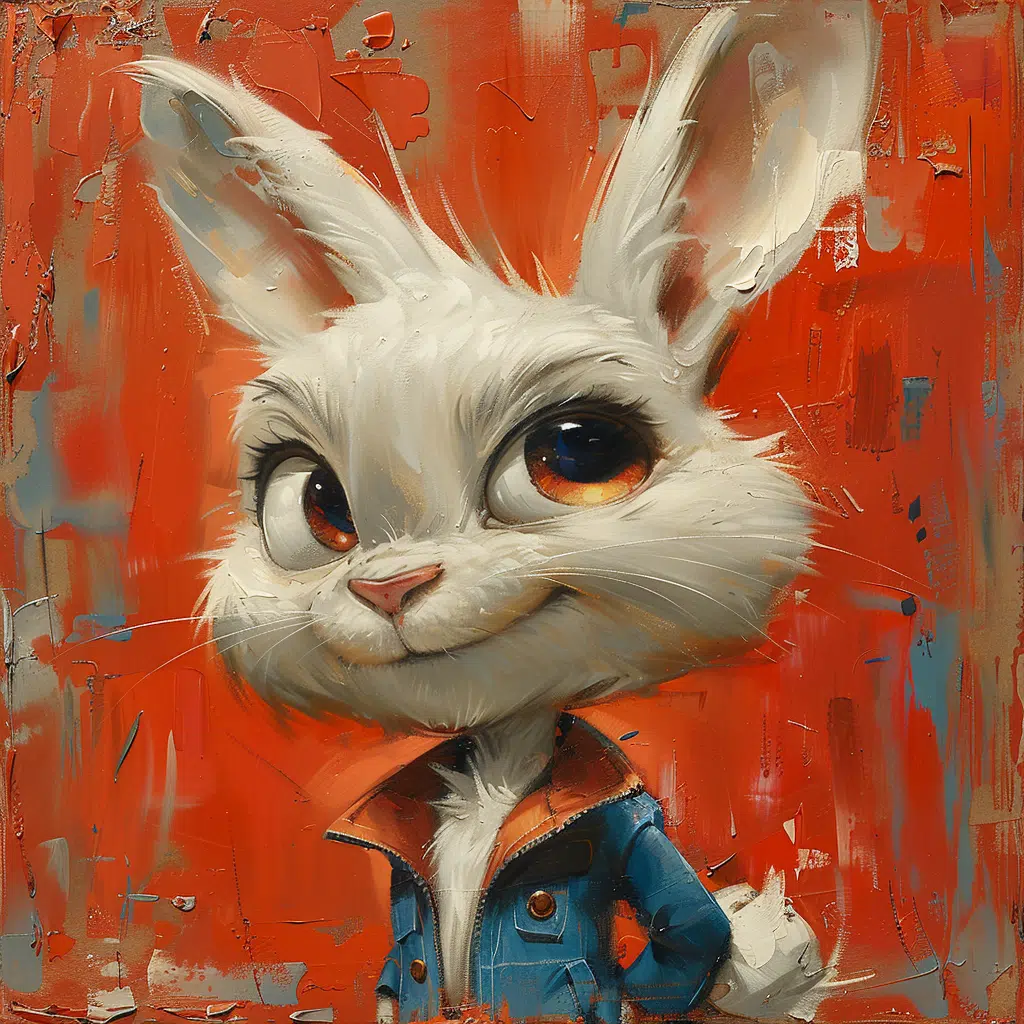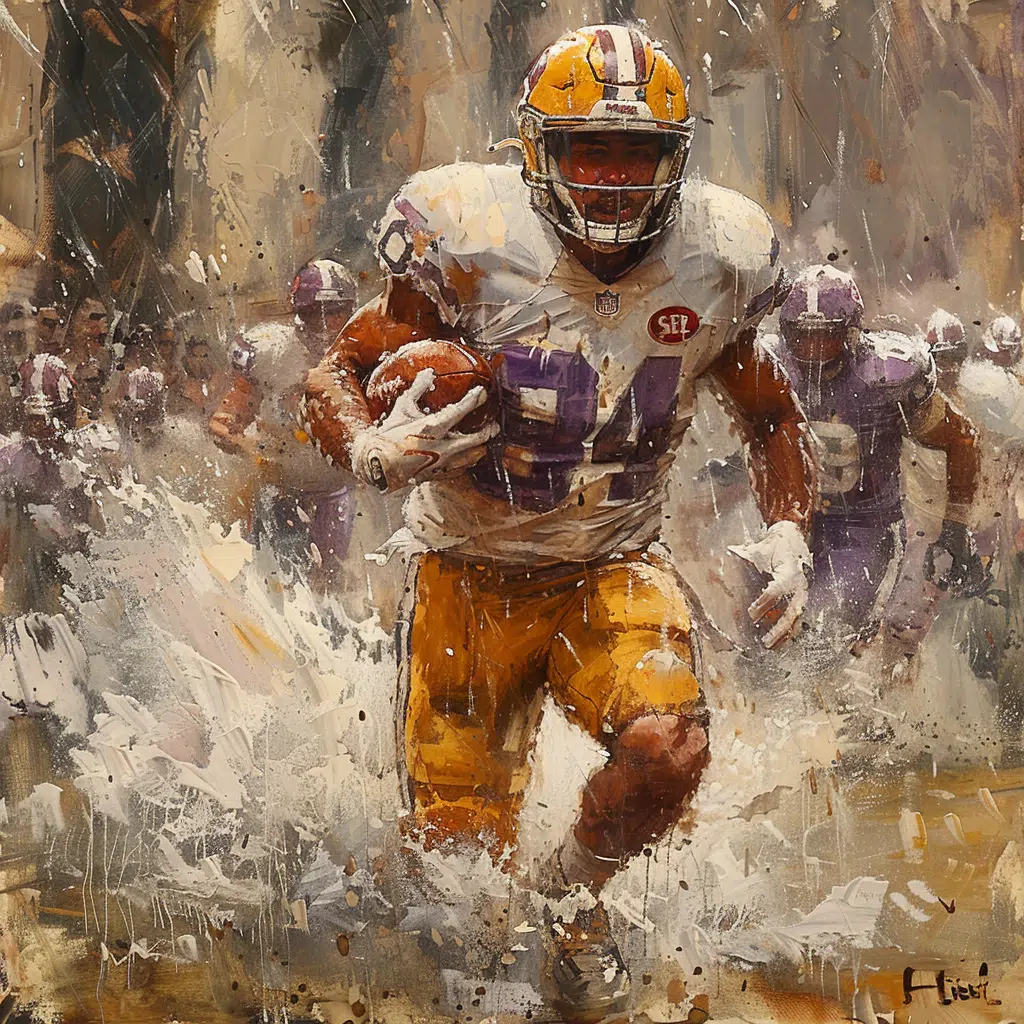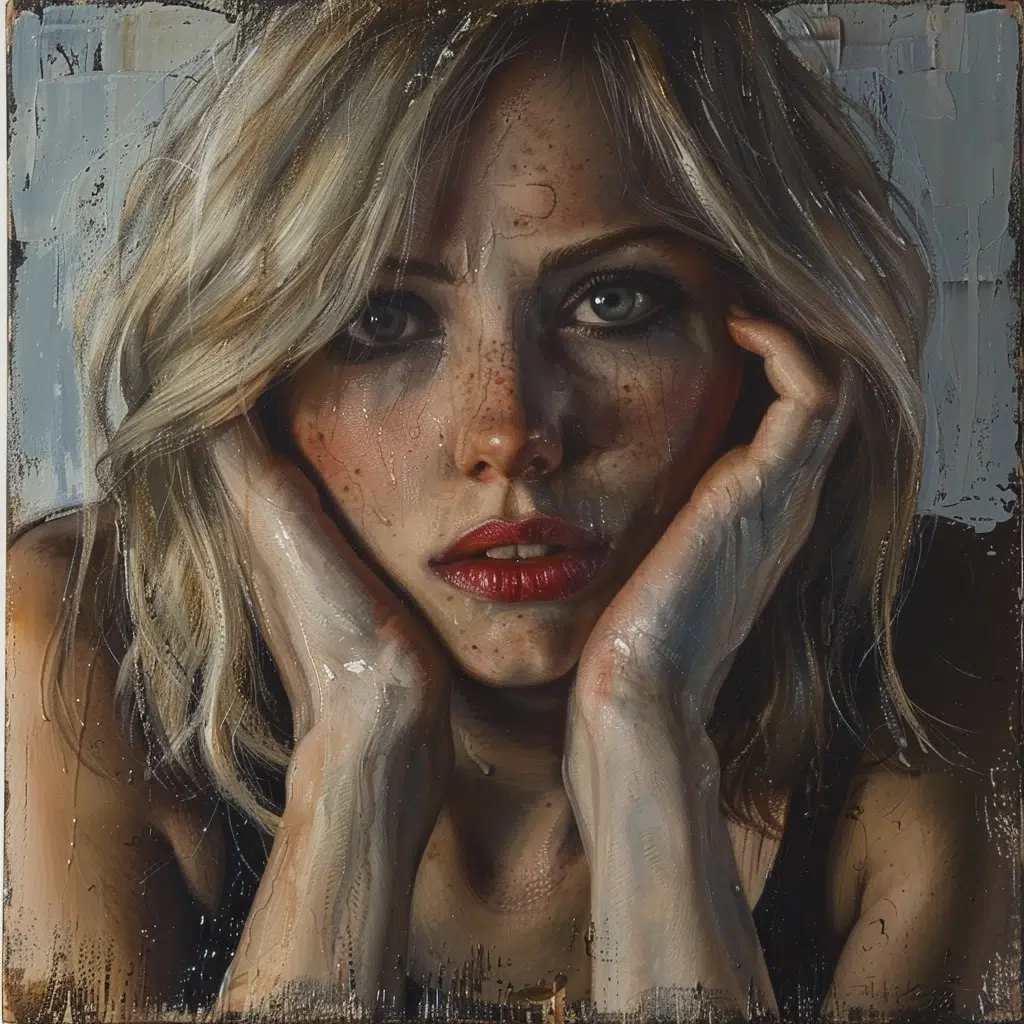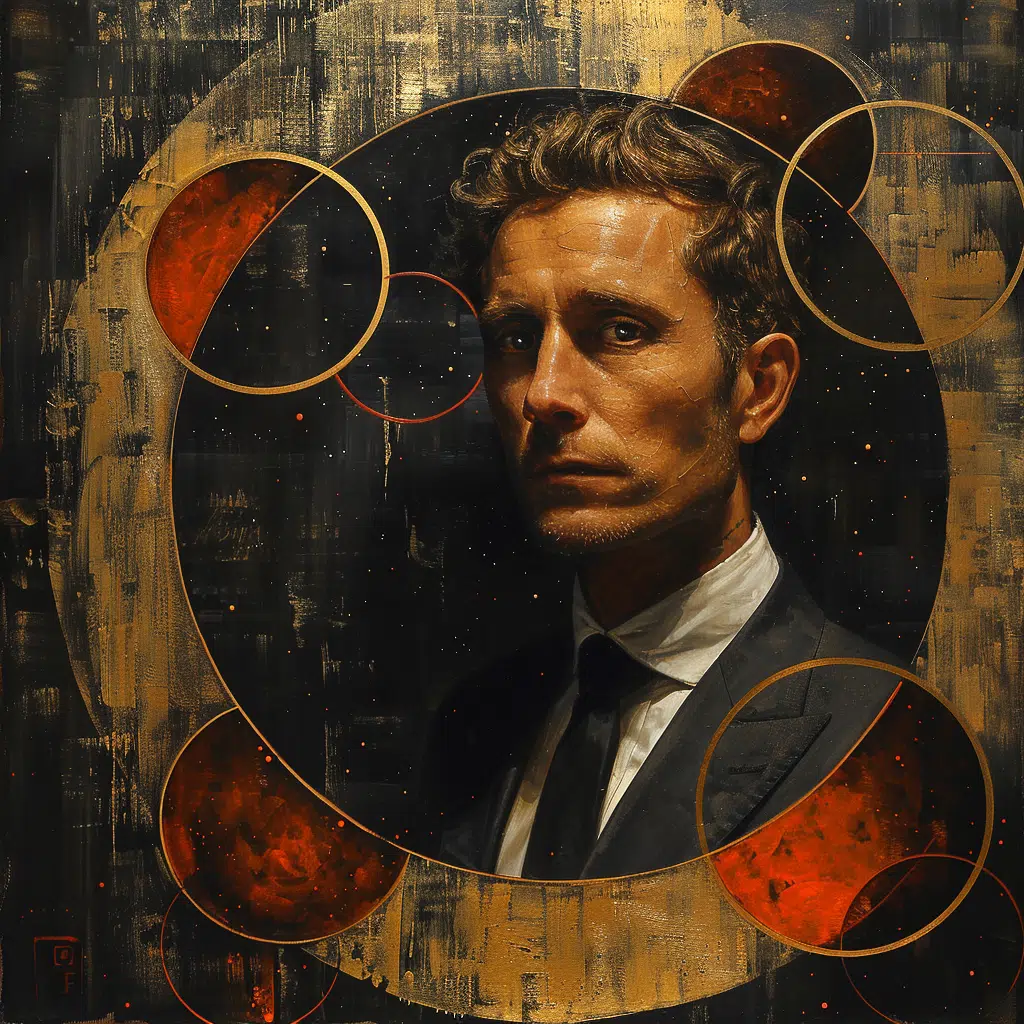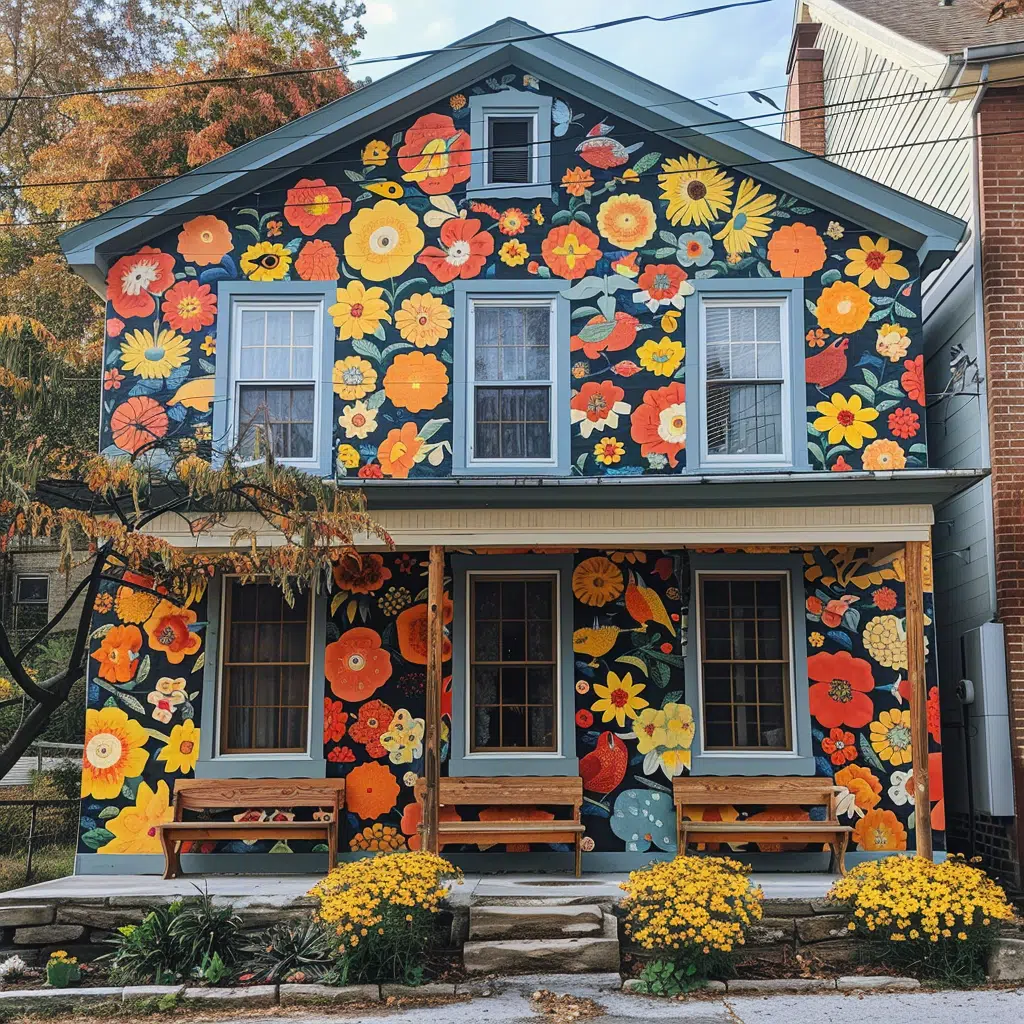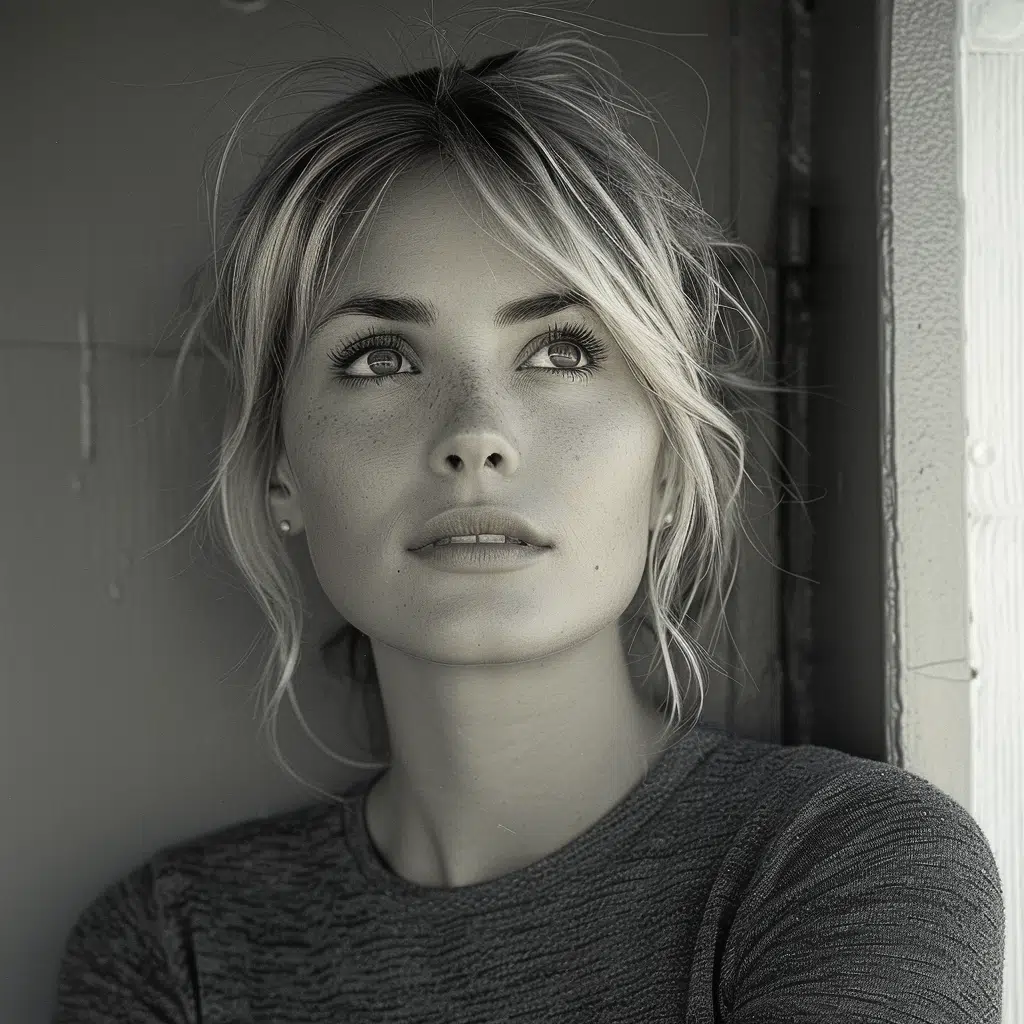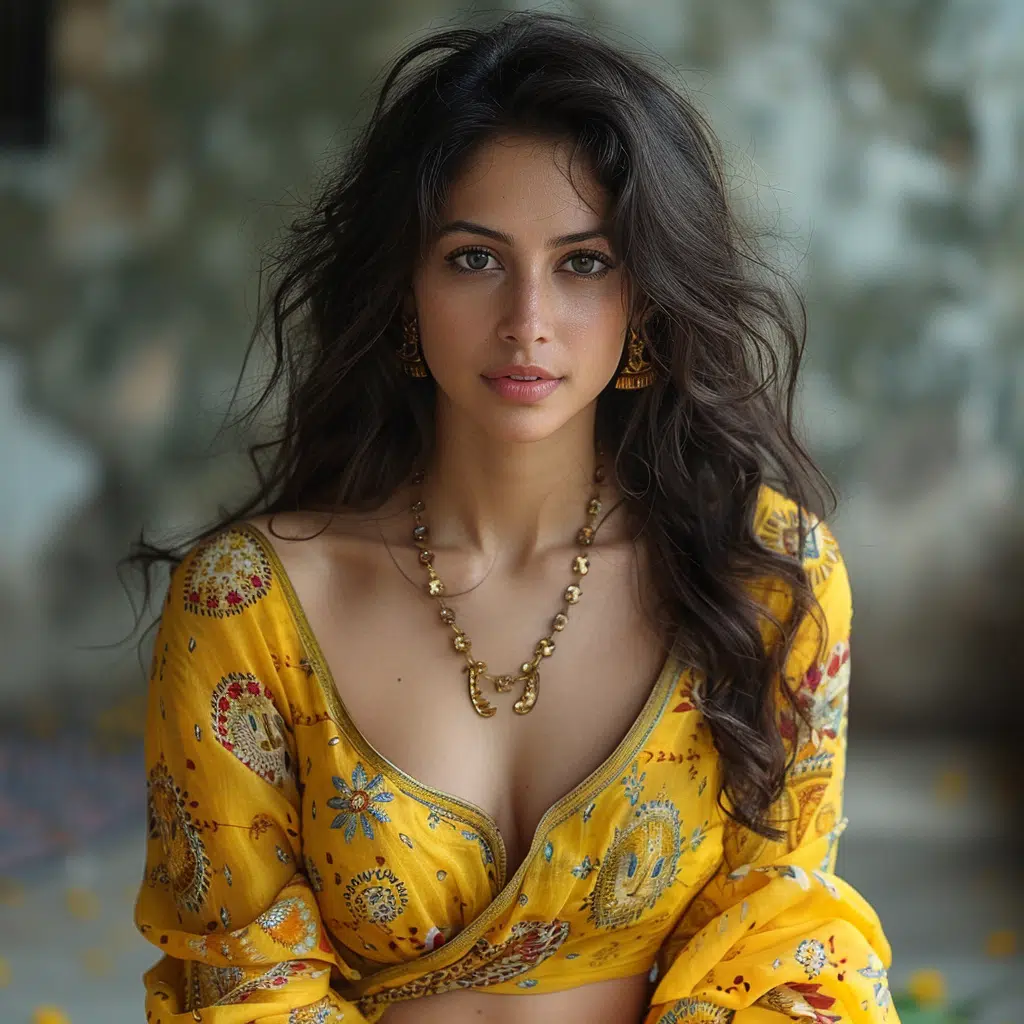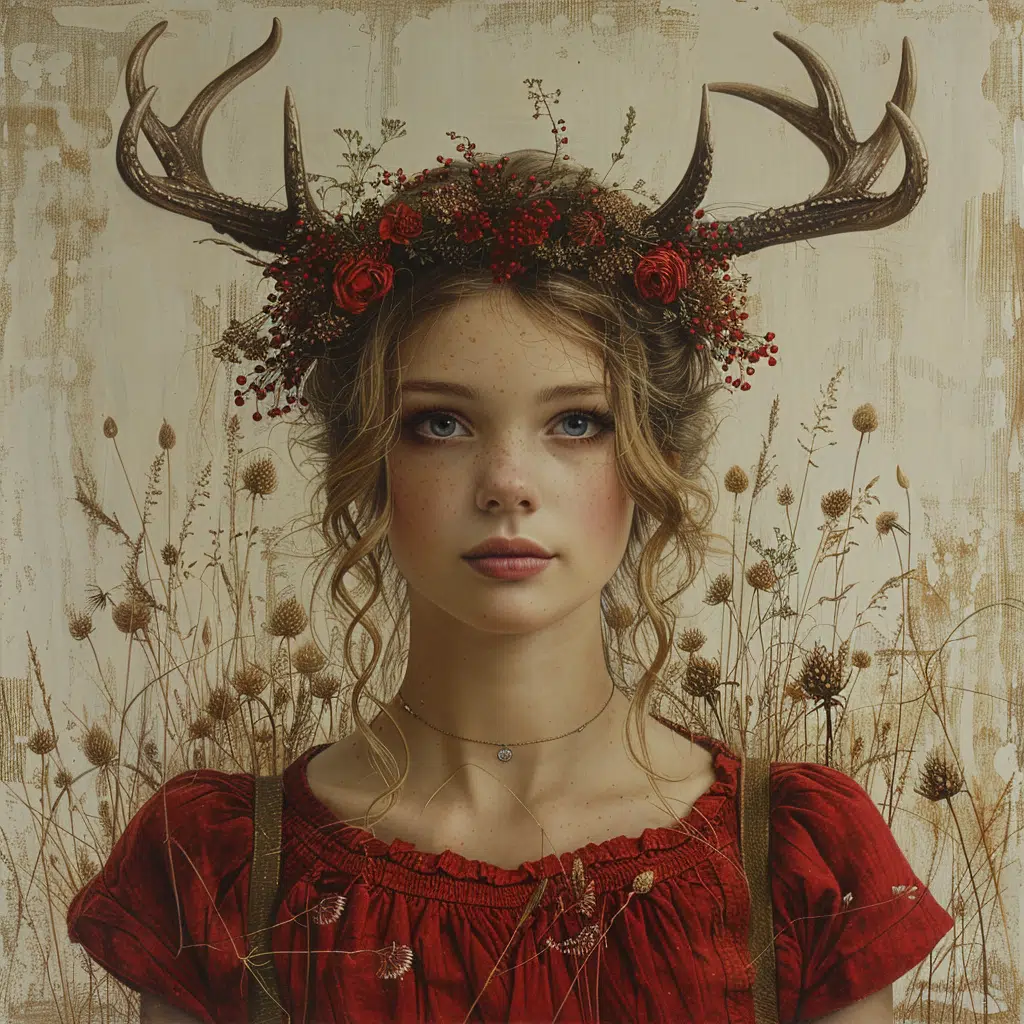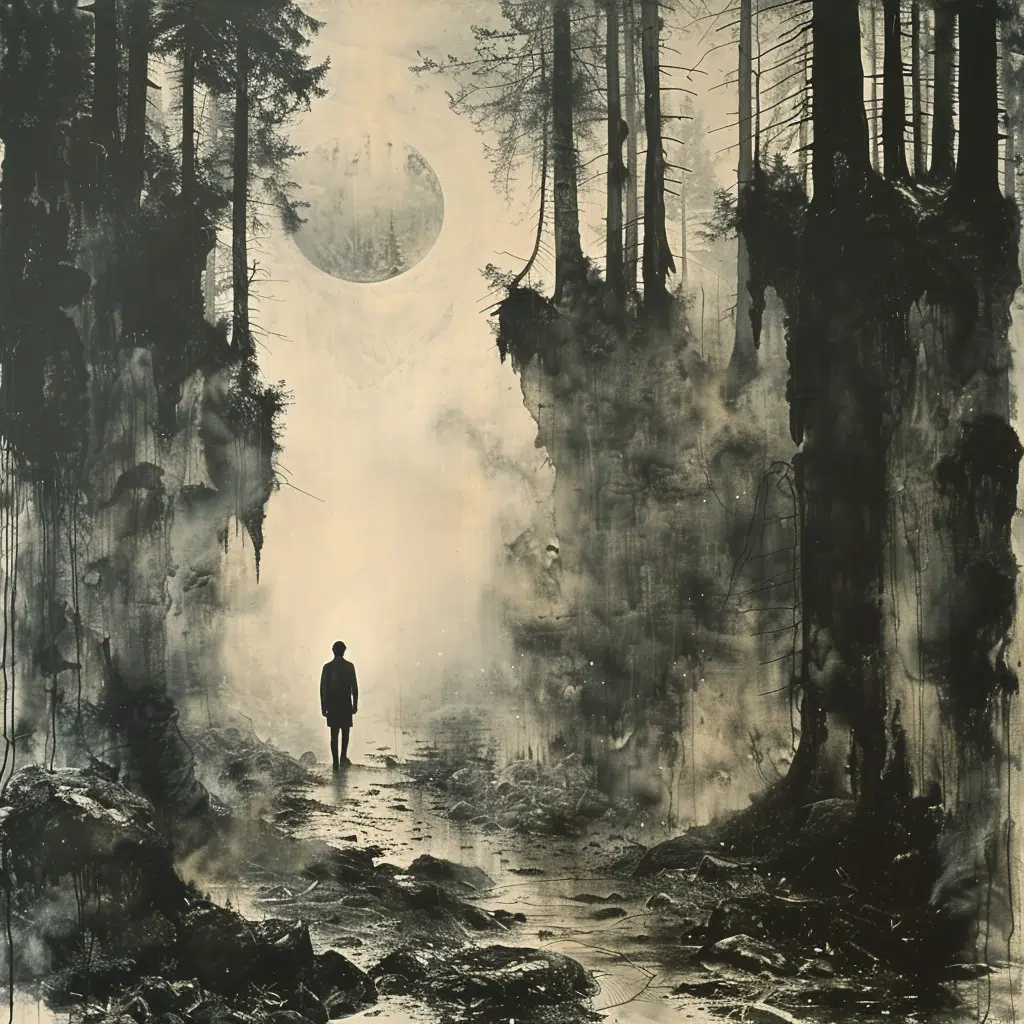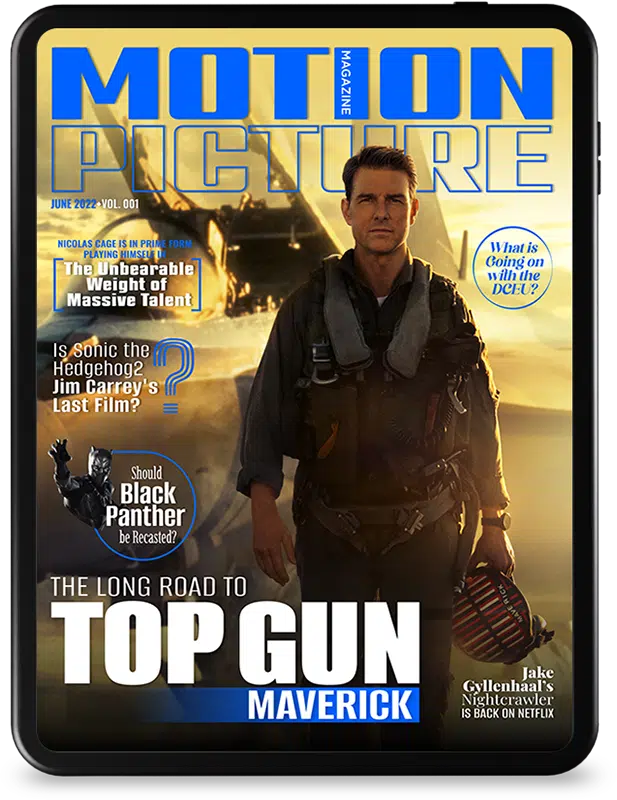As the curtain rises on the curious world of film, the genre of the “ugly bastard” marches into the spotlight, unabashedly showcasing characters that are as far removed from the traditional leading man as Jnco Jeans are from slim-fits. Bearing the cinematic hallmark of the unconventional, the “ugly bastard” sets the stage for a narrative teeming with shock factor and a stark challenge to the status quo.
Unveiling the ‘Ugly Bastard’ Trope: Origins and Evolution
Amidst the glitz and glamour of cinema, the emergence of the “ugly bastard” character is like an audacious blemish on the face of conventional beauty. But make no mistake, this isn’t just about aesthetics; it’s a movement, a mirror held up to society.
The “ugly bastard” is less of an anomaly now, and more of a reflection of our complex societal fabric, where the underbelly of human nature is as intriguing as it is revolting.
The Unexpected Appeal of the ‘Ugly Bastard’
“Beauty is in the eye of the beholder,” they say, but what when the beholder is captivated by the markedly un-beautiful? The “ugly bastard” turns heads for reasons quite apart from physical charm.
For filmmakers and audiences alike, the allure of the “ugly bastard” is as undeniable as it is inexplicable, an enthralling enigma in the narrative dance of cinema.
Beyond the Aesthetics: ‘Ugly Bastard’ as a Metaphor
Peering beyond the surface, the ‘ugly bastard’ unfurls as a metaphor for the unsightly elements we harbor within. They epitomize the internal struggles we cloak beneath the facade of physical beauty.
Such genre mastery turns every scar and scowl into a statement against the cookie-cutter shapes of traditional protagonists.
‘Ugly Bastard’ in Mainstream vs. Indie Circles
In the bustling intersection of mainstream and indie film, the “ugly bastard” walks the line, his gnarled hand gripping both worlds with surprising equity.
Comparing the ‘ugly bastard’ in these realms is like contrasting a street-art mural with a gallery masterpiece – different audiences, different strokes, but each with undeniable impact.
Controversy and Criticism: The Dark Side of the ‘Ugly Bastard’ Genre
Not all is smooth sailing in the domain of the ‘ugly bastard’ – with groundbreaking territory often comes unsettling tremors.
This genre thus becomes the crucible within which our darkest fascinations are both tempered and, perhaps, understood.
Conclusion
The “ugly bastard” genre, with its jarring presence and rawness, captures an essence often left out from the silver screen. Through happenstance or design, it’s carved out a niche that both captivates and repels, a true paradox of cinematic storytelling.
As its narrative unfolds, the genre will undoubtedly evolve, mirroring the ebbs and flows of societal values and anxieties. The bridge between gritty allure and moral ambiguity is treacherous, yet it is upon this very path that the future of the “ugly bastard” balances precariously.
Peering ahead, it’s clear that the “ugly bastard” will continue to provoke, confront, and mesmerize. Whether as a beacon for raw truths or a warning of the grotesque facets we harbor, the “ugly bastard” remains an indelible mark on the canvas of film. Like the ongoing endeavor of Lucy Pater to capture the essence of human strife and celebration in her work, the “ugly bastard” represents an inexorable quest – to sift through the unspoken, the unsettling, and, perhaps, the unflattringly real.
In the lexicon of cinema, where tales are spun and legends crafted, the “ugly bastard” stands resilient, an unlikely, enduring icon that, with each grimace and scowl, invites us to confront the beauty in the beast.
Peeling Back the Mask on the Ugly Bastard Genre
Hey there, movie buffs! You’ve stumbled upon the corner of cinematic chatter where we lift the veil on the rather infamous and divisive ‘ugly bastard’ genre. Word to the wise: as we dive into the dark corners of this controversial topic, things might get a tad shocking. But then again, that’s precisely why you’re here, isn’t it? Buckle up!
The Origins of the Odious Ogre
Y’know, it’s not every day that a character type as reviled as the ‘ugly bastard’ steals the spotlight. It’s like they’ve crawled out of the woodwork of the shadowy cellar that is the movie industry. But did you know that the roots of this character archetype are buried deep in exploitation films and pulp novels? They’ve long been the icons of moral bankruptcy, offering a canvas for directors to illustrate themes of corruption and depravity. And boy, do they revel in it!
More Than A Monstrous Mug
Now, hold your horses, ’cause here comes a twist! Despite their less-than-charming exterior and detestable actions, the presence of an ‘ugly bastard’ sometimes spins a yarn that goes beyond superficial judgment. It’s like they say: “Don’t judge a book by its cover,” right? Wrong! In these films, that hideous exterior is a deliberate choice, meant to challenge viewers. It opens up a can of worms about society’s standards, biases, and the darkness lurking within us all. Mind-boggling, ain’t it?
The Love-to-Hate Phenomenon
Get this, folks: as much as we cringe and recoil, there’s something about ‘ugly bastards’ that lures us back time and again. It’s like rubbernecking at a car crash – you want to look away, but you just can’t. They are the characters we love to hate, and that’s putting it mildly. With every appearance, they push the envelope, testing the limits of audiences’ tolerance for villainy.
A Reflection of Our Deepest Fears
Well now, here’s a kicker for you. Brace yourself for the realization that ‘ugly bastards’ are mirrors reflecting our deepest, darkest fears. They embody what many fear to confront: the unbridled, raw facets of human nature that society tells us to suppress. Whether it’s through a glance at an Unbirth of innocence or the embrace of baser instincts, they represent a rebirth of character we can all find unsettling yet captivating. These are not the dapper villains we fantasize about; these are the ones that hit way too close to home.
Not Just a One-Trick Pony
Can you believe there’s actually a method to the madness? ‘Ugly bastards’ ain’t just throwaway characters; oh no, they often drive the plot in unexpected ways. Like dark maestros, they can pull the strings, setting off events that spiral the story into chaos or, on the flip side, force the heroes to up their game. Plus, let’s face it: their eventual downfall often serves as the lynchpin for a satisfying resolution. Talk about playing a crucial role!
And there you have it, the good, the bad, and the downright ugly of the ‘ugly bastard’ genre. It’s a bumpy ride through some murky terrain, but one thing’s for sure: it leaves a mark long after the credits roll. Keep your eyes peeled, your mind open, and remember – in film, even the ugliest characters can reveal something beautiful about the art of storytelling.







